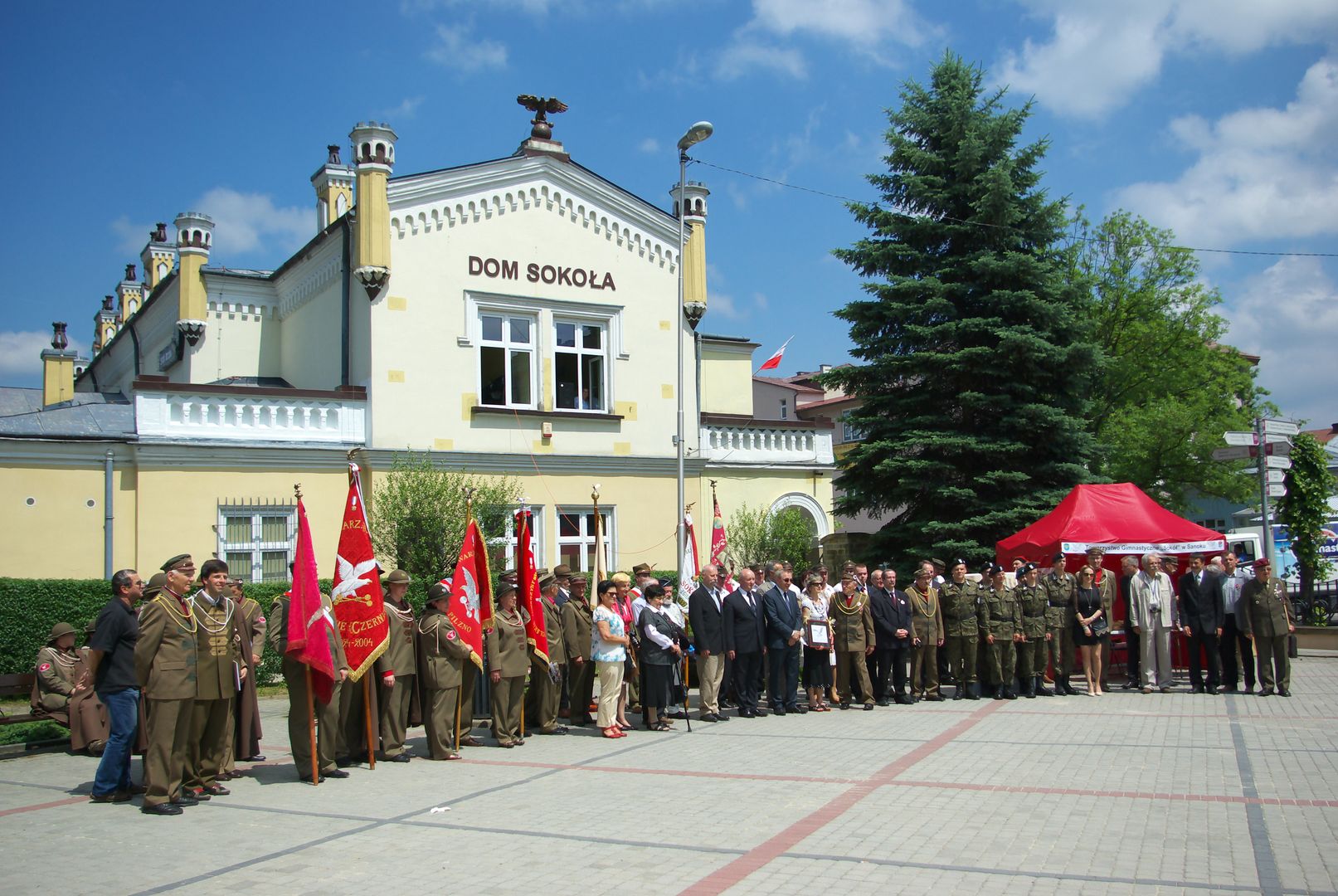The building of the "Sokół" Gymnastic Society in Sanok
6.64

Overview
The building of the "Sokół" Gymnastic Society in Sanok, located at Adam Mickiewicz Street, is a site of architectural, cultural, and historical significance, listed in the municipal register of monuments of the city. It was designed by engineer Władysław Beksiński and constructed between 1899 and 1900 during the Austrian partition, serving as a center for physical and cultural activities for the Sanok community. From the early 20th century, the building played not only a sports role but also a social one, hosting numerous cultural events such as concerts, exhibitions, and theatrical performances. Over the years, "Sokół" gathered local leaders and activists, and its hall was one of the first in Sanok to be equipped with electricity. During World War I and World War II, the building was repurposed for various uses, including military purposes, which led to its deterioration and the outlawing of the society. Important events such as banquets and election rallies were held in the building. Contemporary events at the site are linked to attempts to reactivate the "Sokół" Gymnastic Society in the 21st century, when the society's activities were revived, and efforts were made to reclaim its historical assets. After a well-deserved renovation, partially funded by grants, the building once again became a meeting place for the residents of Sanok. Notable features of the building include numerous sculptures and commemorative plaques, such as a sculpture of a falconer and plaques honoring important events and figures associated with the history of "Sokół." Today, the building serves cultural and educational purposes, standing as a symbol of local tradition and a place that has shaped the community spirit in Sanok for over a century. An interesting fact is that the "Sokół" idea greatly influenced the development of scouting in Poland, and some elements of the original architecture and sculptures were destroyed or altered due to wartime events, reflecting the turbulent history of this place.
Location
2025 Wizytor | All Rights Reserved